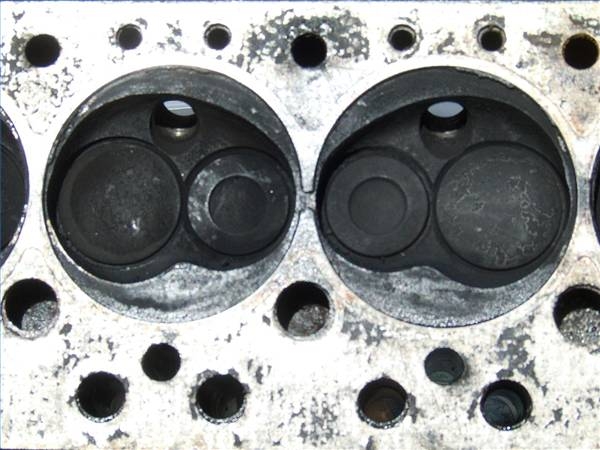
The cylinder head gasket is a thin metal template that sits between the cylinder head and the engine block. The gasket provides an airtight seal that prevents coolant or engine oil from leaking into the cylinders and contaminating the engine. When a gasket blows, often due to engine overheating, it fails to seal properly and begins to leak. This can cause a multitude of problems, from chronic overheating to oil dilution. If you suspect that you may have blown a gasket, there are a few symptoms that can help diagnose the problem.
Look at the temperature gauge on your dashboard. Chronic engine overheating is a common symptom of a blown gasket.
Turn the car off and let the engine cool down completely. Open the hood and remove the coolant overflow tank cap. If you hear a pop, this means the cooling system has remained pressurized even while the engine is cold, which can be an early sign of a blown gasket.
Remove the radiator cap and start the car. Let the car warm up and rev the engine. If your gasket is blown, air bubbles will travel up from the radiator.
Watch for white smoke or water drops coming out of the exhaust pipe. Sweet smelling white smoke coming from a warmed-up engine indicates a coolant leak, a symptom of a blown gasket.
Check the engine coolant. A sudden drop in coolant level with no apparent leaks also indicates a serious coolant leak, which can be a sign of a blown gasket.
Check the engine oil. If the oil on the dipstick looks milky or frothy, or if there is a milky ring around the oil cap, this indicates that coolant is leaking into the oil pan, another sign of a blown gasket.
Pay attention to how your car feels while driving. An engine that misfires, runs sluggishly or idles roughly may have a blown gasket.